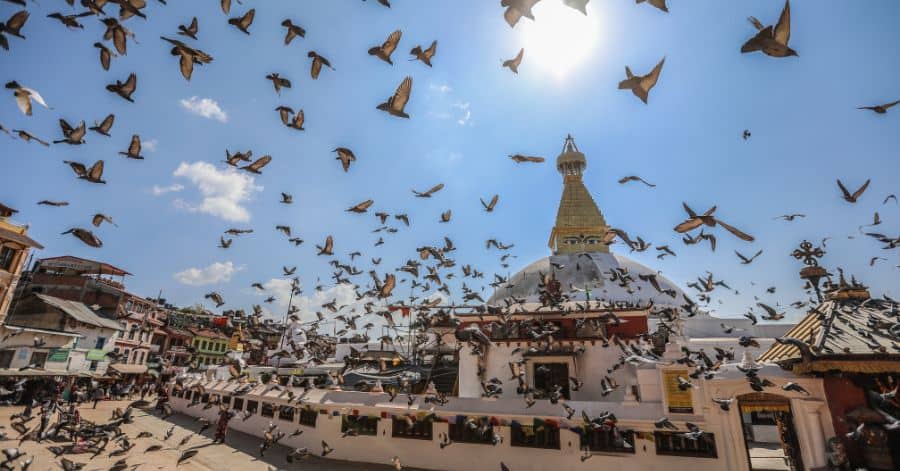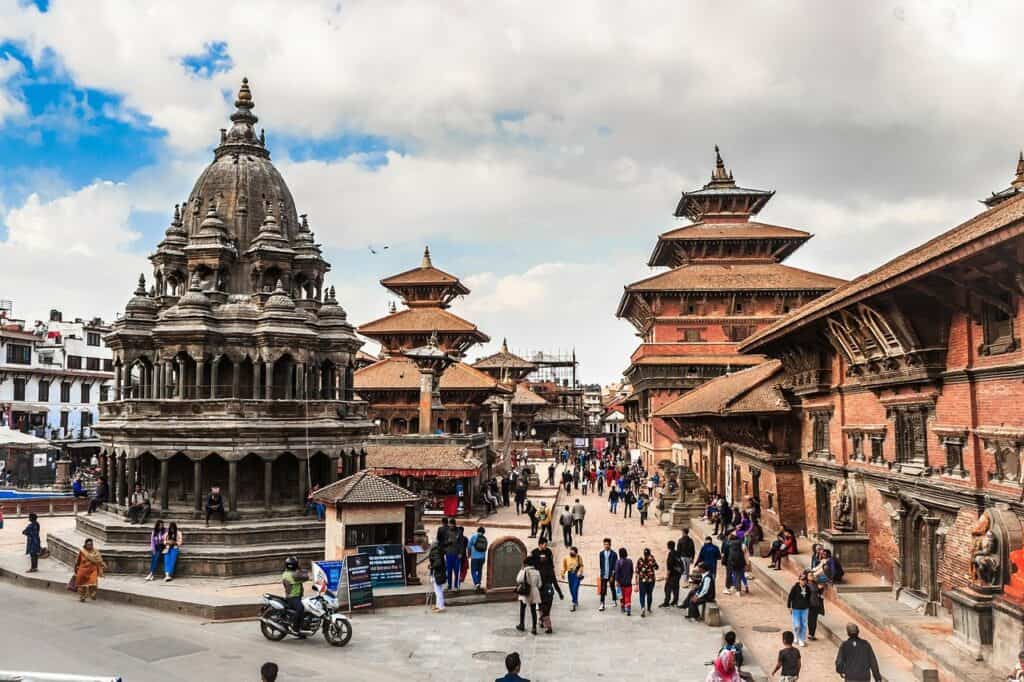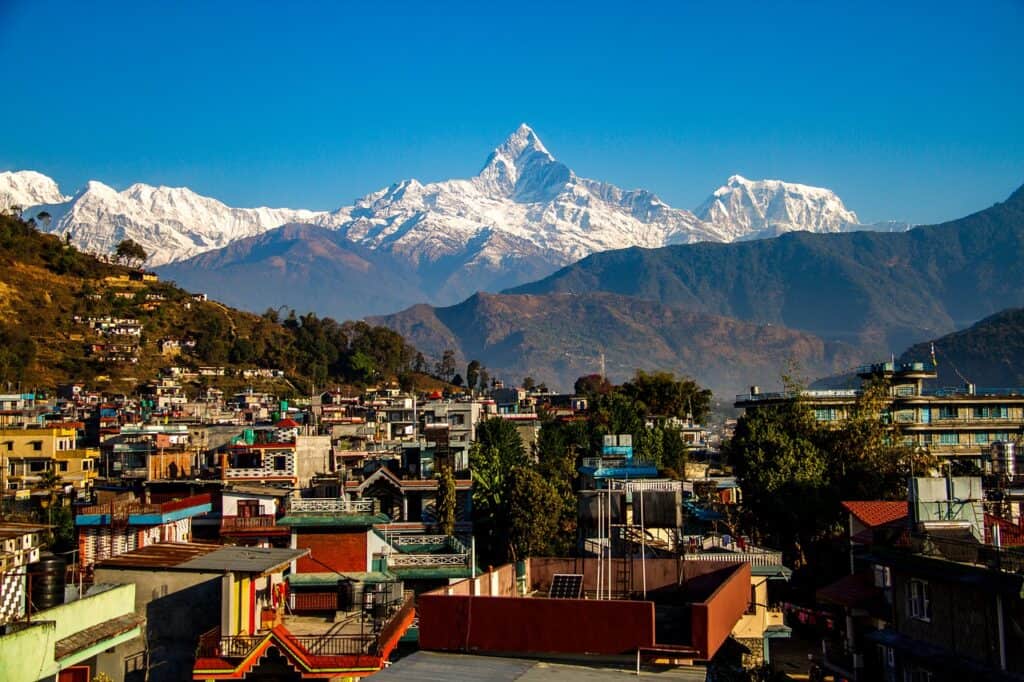Nestled in the heart of the Himalayas, Nepal boasts stunning landscapes, lush greeneries, rich cultural heritage, and marvelous natural beauty. Tourists are welcome to visit here all year long. Every month marks a new festival, celebration, or special event. Hence, it is never dull to travel in this country. Determining the best time to visit Nepal depends on one’s interest and the activities one wants to pursue. For instance, visitors on budget travel must visit after the tourist peak season is over, i.e., June to September. However, if you enjoy trekking, hiking, and other adventurous activities, you must travel in autumn and spring.
Still confused? No worries; we will guide you through the best seasons and months to visit Nepal.
Also Read:
- Best Places to Shop in Kathmandu
- Top Apps To Use In Nepal
- Best Things To Do at Night in Kathmandu, Nepal
October-November: Best Time to Visit Nepal

Nepal is a tropical country that experiences six seasons: Basanta, Grishma, Barkha, Sharad, Hemanta, and Shishir. These all correspond to the Summer, Spring, Monsoon, Autumn, and Winter seasons.
If Nepal is your travel destination, you must pay special attention to its weather. The country experiences diverse climates, from frigid winters to blistering hot summers. Thankfully, it also has moderate temperatures suitable for trekking and outdoor activities. That time is between October and November.
These months see the Autumn season, which is perfect for trekking. Blue skies, warm temperatures, and clear surroundings create an enjoyable outdoor trip. Furthermore, lush greeneries surround the hilly areas, providing scenic views. Visitors will see panoramic mountain views too.
The Autumn season invites tourists to explore and discover new activities in Nepal. The days are long enough to go on long trips such as hiking and trekking. Also, the weather is suited for outdoor activities.
Embark on Trekkings
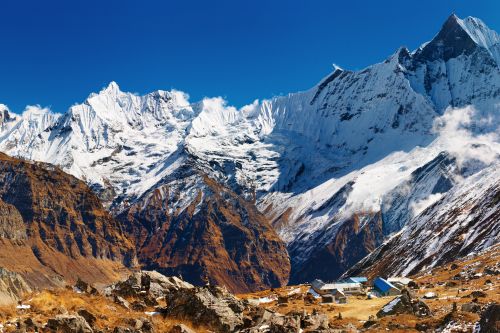
Nepal is the ultimate trekking destination with diverse and challenging trails. Trekkers must climb steep hills, navigate rough roads, experience high altitudes, and walk for several days. But the contentment you will feel after reaching your location will make these all worth it.
October-November is a peak tourist season. Hence, trekking packages are costly compared to other months. Furthermore, travelers will be charged double or more than the regular price for accommodation and transport. Booking a room will be challenging, too.
The famous Nepali trekking trails are Annapurna, Everest Base Camp, Mustang, Langtang, and Manaslu. The less frequented treks or remote areas often lack roads and transportation. Hence, visitors must hire porters to carry their luggage. You can trek with a guide or solo.
Check These Handpicked Trekking Activities:
- 12-Day Nepal Adventure Trek with Jungle Safari
- The Manaslu Trek – Trekking in Nepal
- 18 Days Everest Base Camp Yoga Trek in Nepal | Everest Yoga Trek in Nepal | EBC
- 10-Day Annapurna Circuit Trek in Nepal
Explore Hidden Routes via Hiking
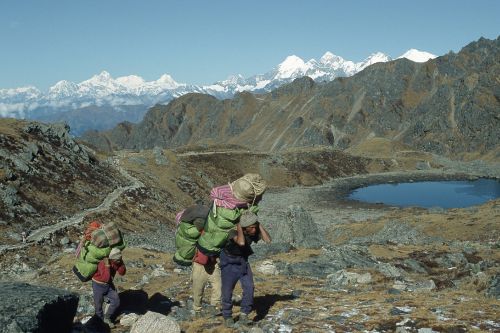
Finding trekking too long and challenging? You should go for an alternative, i.e., hiking. It is shorter and more convenient than treks. Moreover, you can save money on accommodation, guides, and other expenses. It’s a win-win situation either way.
Nepal has many hiking trails, including Nagarkot, Namo Buddha, Shivapuri National Park, Sarangkot, and more. You can start your journey with a hike to Nagarkot Hill Station. Located in Bhaktapur, this village offers beautiful views of sunrise and sunset.
Visitors’ next hiking destination should be Sarangkot Hill. You can reach the tower directly from Panchgase Marg. Furthermore, hikers only need 1-2 hours to reach the hill from Sedi Bagar. It is perfect for those who enjoy smaller hikes.
Check These Handpicked Hiking Activities:
- Kathmandu Day Hiking – Namo Buddha (Stupa) to Dhulilkhel Village in Nepal
- Nagarkot Sunrise View and Day Hiking from Kathmandu
- Sarangkot half day hike from Pokhara
Feeling Adventurous? Try Paragliding and Bungee Jumping
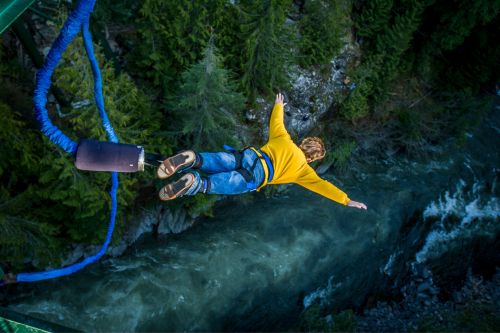
No time is better for outdoor activities than Autumn in Nepal. The weather is warm enough to play outside but not too hot to get heat stroke. What’s more, there are many options, including trekking, hiking, and rafting.
If you are an adrenaline junkie, try Bungee Jumping. Nepal has three places suitable for that activity: Bhote Koshi Gorge, Kushma, and Hemja. The former is situated only a three-hour drive from Kathmandu. Jumpers will take off from a suspension bridge 160 meters above the Bhote Koshi River.
On the other hand, Hemja Bungee jumping takes place in Pokhara and is a 70m drop into a gorge. Finally, Kushma Bungee Jumpe is Nepal’s highest jump, at 228 meters in height. It is also the world’s second-largest bungee jump. To get more info, look at the following points:
- Bhote Koshi Bungee Jumping: Araniko Highway, Listikot, Google Map
- Hemja Bungee Jumping: Hemja, Pokhara, Google Map
- Kushma Bungee Jumping: Between Baglung and Kushma borders, Google Map
Aside from bungee jumping, Nepal has paragliding and rafting for our thrill seekers. You can enjoy paragliding in Pokhara. Likewise, Nepal’s famous rafting trips are Trisuli Rafting, Sun Koshi, Karnali, Tamur, and Kali Gandaki.
Check These Handpicked Activities:
- Pokhara: Bungee & Zip Flyer Adventurous Combo Package
- Bhotekoshi Bungee Guided Private Day Tour
- Rafting in Nepal – Trishuli River Rafting
- Paragliding at Sarangkot Pokhara
Participate in Local Festivals
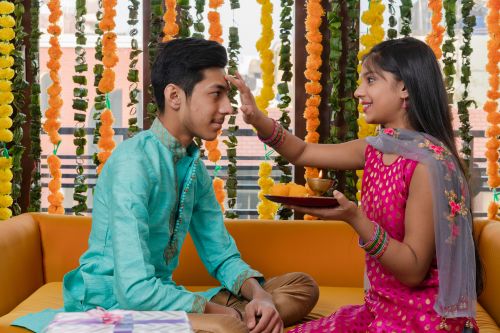
October-November is also the time for celebrations in Nepal. People observe the two largest Hindu festivals, Dashain and Tihar, between September and November. They are celebrated with grandeur nationwide.
Dashain is a ten-day-long celebration that usually falls in September/October. The Nepal government allows public holidays on 1st, 7th, 8th, 9th, 10th, 11th, and 15th. At that time, offices, schools, and private/government institutions remained closed.
On the other hand, Tihar is a five-day celebration that comes after Dashain. Public holidays are issued from the 3rd to the 5th day. Furthermore, these Hindu festivals include people meeting with their relatives, family get-togethers, enjoying feasts, visiting temples, and more.
Visitors can observe these celebrations and enjoy them like locals. It is a very festive time, and everyone is welcome to participate.
Stop to Smell the Flowers on March-May

Another perfect time to visit Nepal is in the Spring season, which falls between March and May. It is a beautiful period where flowers are all in full bloom. The hilly areas are primarily covered with Nepal’s national flower, Rhododendron.
Spring season marks the beginning of warm temperatures after the icy winter on December-February. It is perfect for sightseeing, visiting tourist attractions, trekking, and many more tourist activities. Some of the best things to do between March and May are as follows:
Pick Your Favorite in Flower Treks
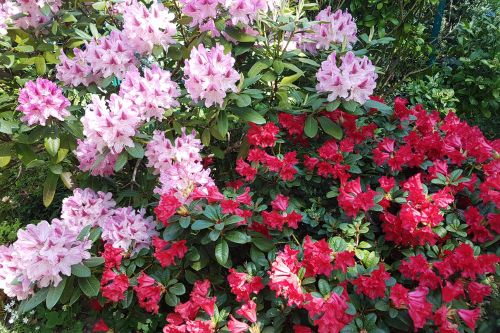
Nepal looks beautiful in the spring season, with hills and valleys surrounded by various flowers. Himalayan and Hilly regions are covered in Rhododendron, whereas other areas see Magnolia, Horned Lousewort, Iris, Daisys, and Poppies bloom.
The peak season of flowering starts from late February to late May. Wildflower photographers will have a field trip in Nepal at this time of the year. Moreover, trekking activities become more enjoyable with the spectacular views. Trekkers can stop and admire the natural vegetation during their journey.
Travelers should go to hilly districts for flower treks. They can also enjoy flower viewing at National Parks like Makalu Barun National Park and Langtang National Park. Overall, this trekking trip will differ from any other tour you have been on.
- Best Time For Trek: March-May
- Famous Destinations: Milke Danda-Jaljale Himal, Upper Tamur Lake Valley, Langtang Valley
- Activities To Do: Wildflower Photography, Trekking, Flower Viewing
Wander Around Kathmandu
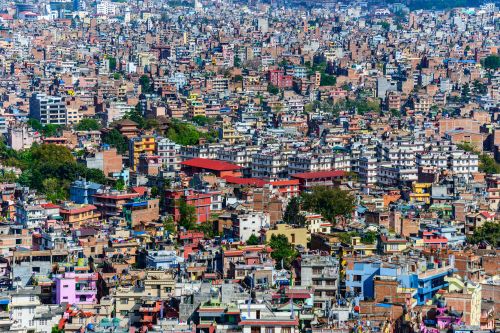
Kathmandu Valley is the most developed city in Nepal, with access to hotels, transport, hospitals, schools, and jobs. The city houses seven UNESCO World Heritage Sites that attract many tourists annually. Additionally, it experiences a favorable climate compared to other parts of the country.
A trip to Kathmandu won’t be complete without visiting Kathmandu Durbar Square, Swayambhunath, Bhaktapur Durbar Square, and Patan Durbar Square. These sites pay homage to Nepal’s history, arts, cultures, and legacy. Visitors have to pay a certain amount to enter these attractions.
Aside from that, visitors can enjoy cafe-hopping, exploring cultural heritages, visiting museums, enjoying nightlife at bars/casinos, and going hiking. Kathmandu has what you desire and more.
Some of the best things to do in Kathmandu are as follows:
- Explore tourist attractions.
- Shop at Thamel and Asan markets.
- Enjoy fine dining at restaurants.
- Participate in local jatras.
- Try your luck at gambling in casinos.
Check These Handpicked Activities:
- Full Day Kathmandu Sightseeing
- Narayanhiti Palace Museum Tour (Former Royal Palace of Nepal)
- Kathmandu introductory tour, a typical day trip in Kathmandu
Experience Elephant Riding at Chitwan National Park
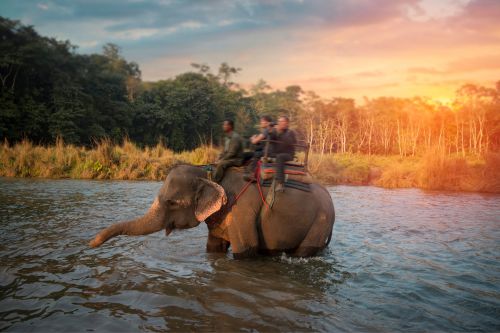
Spring season is suitable for outdoor activities, including wildlife safari. A trip to Nepal’s Chitwan National Park could be one of the things to do at this time of the year. It is only 60 miles from Kathmandu and can be reached by bus, plane, and private vehicles.
This national park houses rich wildlife, including 544 bird species, 68 mammals, 126 fish species, and 55 amphibians and reptiles. You will even see the rare one-horned Rhinoceros. Other animals include the Royal Bengal Tiger, Gaur, Four-horned antelope, etc.
Visitors can enjoy their wildlife safari riding on elephants. Elephant tours usually cost between Rs. 1500 to Rs. 2500 ($11.31 – $18.85). Or, you can roam around the area with a guide.
- Location: Southern Central Terai, Chitwan, Nepal, Google Map
- Opening Hours: 7 AM – 6 PM
- Entrance Fee: Rs. 2,000 ($15.08) for foreigners, Rs. 1,000 ($7.54) for SAARC countries
Check These Handpicked Activities:
- Chitwan Jungle Safari Tour – 2 Night /3 Days With Private Transportation
- 1 Night 2 Days Chitwan Safari Tour
- Nature Walk in Chitwan Jungle Safari with Guide
Try Guessing Mountains on Sightseeing Flights
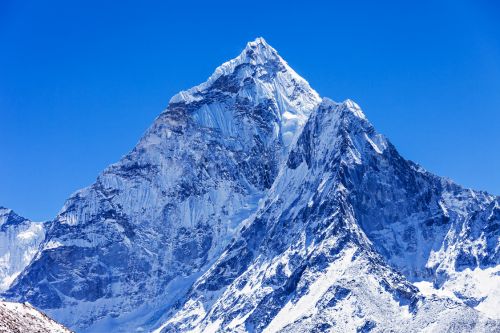
Want to enjoy sightseeing in luxury? Long gone are the days when only strenuous trekking and hiking led to seeing mountain views. Now, visitors can experience a close encounter with Everest via plane within a few minutes.
Nepali domestic flights take travelers on a sightseeing tour of Mount Everest that usually lasts fifty minutes to an hour. It revolves around the mountain and provides passengers with close views of Everest, Mt. Lohtse, Mt. Cho-Oyu, and Mt. Shisha Pangma. These gorgeous snow-capped peaks will only be a few meters away from you.
If visitors want a closer look, they can opt for helicopters. Although mountain flights are expensive, they will be worth every penny.
- Duration: 50 minutes to 1 Hour
- Available Flights: Buddha Air, Yeti Airlines
- Price Range: $200 onwards
Check These Handpicked Offers:
- Mountain Everest Scenic Flight with Hotel Pickup and Dropoff
- Everest Mountain Flight tour From Kathmandu – Daily Departures
Get Soaked in Rain from June-September
If the above were the best times to visit Nepal, June to September would be the off-season period. Nepal experiences heavy rainfall in June, July, and August, making travel challenging. Moreover, the Terai and Hilly regions are plagued with natural calamities like landslides, floods, and thunderstorms.
Many travelers avoid the rainy season due to the lack of tourist activities. But, if you are on a budget, this period is the perfect time to travel. Although trekking and outdoor activities are unavailable, visitors can enjoy many things, such as:
Experience Rice Plantation with Locals
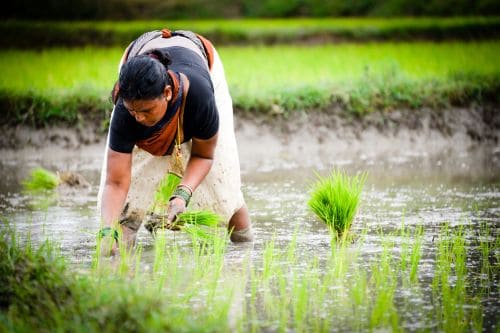
Nepal is an agricultural country, with 67% of the population engaged in farming. People grow food crops like rice, maize, barley, millet, wheat, and cash crops such as sugarcane, tea, cardamom, and coffee.
Speaking of which, the rainy season is perfect for rice planting. Locals start rice plantations in mid-June and harvest them between October and November. Farmers bear harsh rainfalls and plant rice seedlings in a grid in fields.
While outdoor activities like hiking and trekking are challenging in monsoon, visitors can try paddy plantations. They will interact with locals and learn about their agricultural ways. Moreover, working in muddy fields will be a memorable experience.
Check These Handpicked Activities:
Observe Nepali Festivals and Jatras
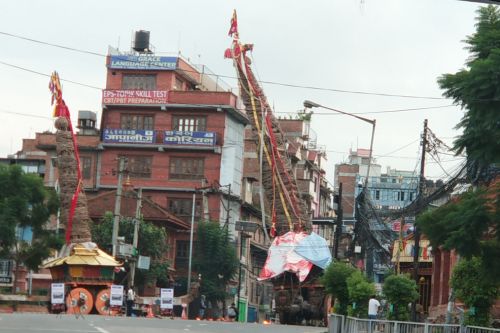
This is the time to enjoy a cultural tour in Nepal. Kathmandu city and other areas are in festive mode in these months. Moreover, Nepalese people celebrate many festivals between June and September. Anyone can watch and partake in the festivities.
Patan’s Rato Machindranath Jatra falls between May and June. It is the longest and largest festival that lasts for an entire month. Likewise, the Gai Jatra procession takes place with grandeur in Bhaktapur in August. I recommend visitors try the traditional Ghintang Ghisi dance.
Kathmandu’s biggest Jatra, Indra Jatra, also falls between August and September. Indra Chowk, Thamel, and Kathmandu Durbar Square are full of people to watch the chariot procession. Other festivities include Krishna Janmashtami, Janai Purnima, and Naag Panchami.
Check These Handpicked Activities:
Head to Driest Valleys Manang and Mustang
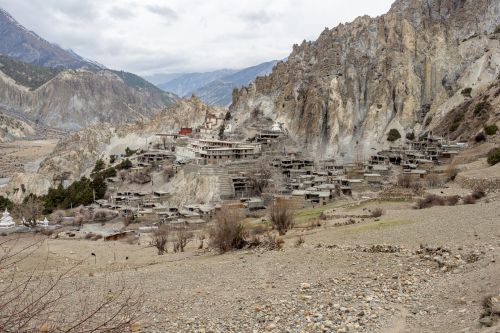
During the rainy season, the Terai region often faces floods, whereas landslides occur in Hilly regions. Hence, visitors have very limited areas to explore, including Kathmandu. But, if you are up for traveling a bit farther, visit Manang and Mustang, Nepal’s driest valleys.
These districts get little rainfall, making them suitable for travel in monsoon. Although barren lands and rocks surround them, Manang and Mustang have rich and diverse flora and fauna. Their landscapes are stunning to look at as well.
Visitors can enjoy trekking in the Upper Mustang and visit Muktinath temple. You can even try motorbike tours around the valley. Also, travelers are welcome to eat and live like locals. Local people are hospitable and treat foreigners as their guests.
- Manang: Google Map, 264.9 km away from Kathmandu
- Mustang: Google Map, 203 km away from Kathmandu
Check These Handpicked Activities:
- 6 Days 4WD Jeep Drive Adventure Trip to Explore Mustang of Nepal
- Lower Mustang Motorbike Tour
- Tiji Festival Trek (Upper Mustang): The Festival of Lo Manthang
Save Traveling Cost Between December-February
Another off-tourist season, December-February, marks the coldest time in Nepal. The Mountain Region experiences a bitter winter with heavy snowfalls in many areas. In some places, temperatures will even go below the freezing point.
However, Nepal has recently seen a surge in tourists during the winter. One of the reasons must be the low accommodation and tourist activities costs. Additionally, there are many exciting things and attractions to visit this time of the year.
Indulge Your Inner Child with Snowball Fights
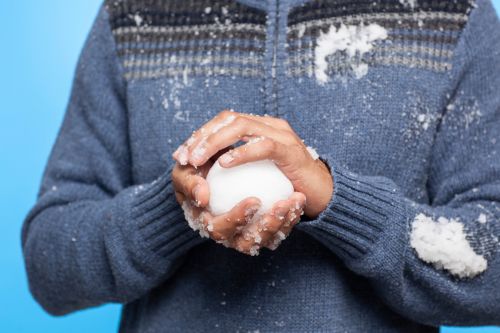
As mentioned before, Nepal experiences heavy snowfalls in hilly and Himalayan regions. The streets are covered with thick snow, welcoming people to have a snowball fight. And age doesn’t matter regarding this playful fight.
You can have friendly snowball fights with your companions or other people. All you need is motivation to go out and bear the cold temperature. Bring out your inner child and have fun throwing snowballs at one another.
Kathmandu Valley doesn’t experience snowfalls. However, you can indulge in snow fights at Nagarkot, Kalinchowk, Chandragiri, and Daman. They are full of local people and visitors during the winter season.
Check These Handpicked Activities:
Explore Wildlife at Bardiya National Park
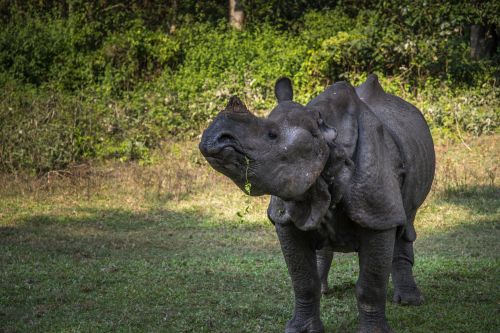
Exploring Bardiya National Park will fit right into your Nepal winter expedition. The district experiences a tolerable temperature, suitable for exploring wildlife, flora, and fauna. It will be a fun and learning journey for visitors.
Bardiya National Park provides a sanctuary for forty-two herpetofauna, 513 bird species, and sixty-one mammals. They have also protected one-horned Rhinoceros, Bengal tigers, and Gangetic dolphins.
Visitors can explore the inside and outside areas of the Park. It is located in the Terai region, so travelers will be exposed to its residents’ lifestyles and cultures. They can enjoy local delicacies and live like locals throughout their stay.
- Location: Bardiya District, Nepal, Google Map
- Opening Hours: 10 AM – 6 PM
- Entry Fee: Rs. 1500 ($11.31)
Check These Handpicked Activities:
Trek to Kalinchowk
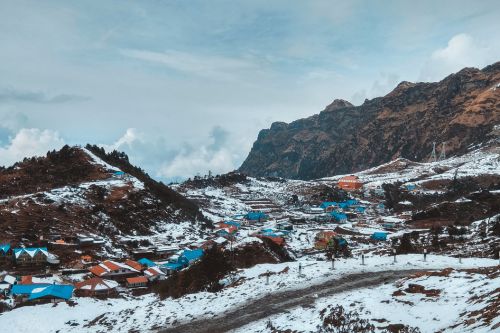
The winter season is not suitable for long-distance trekking in the mountains. But if you still want a trek, choose Kalinchowk in the Dolakha district. It is a famous destination among travelers in January and February.
One of this place’s attractive points is snowfall. Kathmandu residents go on overnight trips just to enjoy playing with snow. Moreover, you can trek to Kalinchowk and enjoy sightseeing and skiing. This place has beautiful panoramic views.
Likewise, Kalinchowk Bhagwati Temple is a famous pilgrimage site. It houses Goddess Kali, who supposedly grants everyone’s wishes. So, people pray to the goddess with trishuls and other offerings. You can try this myth to know how much truth it holds.
- Location: Dolakha, 150 km from Kathmandu
- Things To Do: Experience Snowfall, Trekking, Sightseeing
- Famous Destinations: Kalinchowk Bhagwati Temple, Kalinchowk Darshan Cable Car
Check These Handpicked Activities:
In a nutshell, Nepal is a perfect year-round travel destination. Visitors can explore many tourist activities even during the off-season. What’s more, they can even save money and cut travel expenses at that time.
Overall, the best time to visit Nepal depends on your preference. For adrenaline junkies and adventurous tourists, October-November is the perfect time for travel. Besides, each season offers unique experiences, so pick your choice accordingly.
